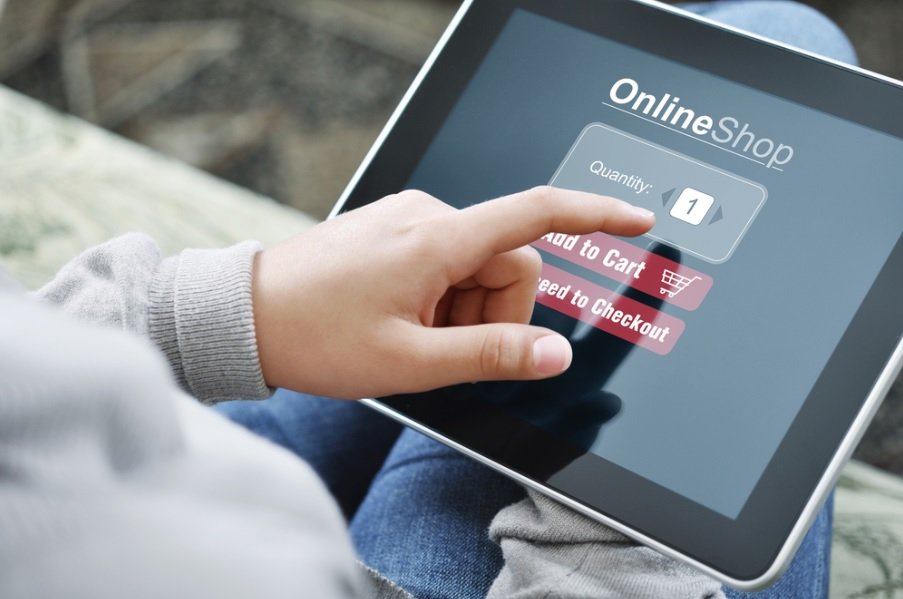The last year and a half saw increased competition for D2C ecommerce brands with many retailers shifting to digital-only shopping during the pandemic. As ad space shrank, customer acquisition costs rose, leaving some direct-to-consumer ecommerce brands struggling to stay afloat.
But savvy brands knew better than to spend all their marketing budget on acquisition. Instead, they focused on retention and boosting customer lifetime value (CLV).

How CLV translates to profits
Calculating customer lifetime value can help you understand how much each customer will make (and cost) the company, as well as provide insight into who, how, why, and when to invest in marketing, loyalty programs, and customer service.
Customer retention is not only cheaper than acquisition, but also more valuable in the long run. Happy, repeat customers buy more frequently, spend more, and refer more. Just check out these statistics:
- Loyal customers spend 67% more in months 31 to 36 with a business, compared to months 0 through 6.
- Repeat customers refer to 50% more people than one-time buyers.
- A mere 5% increase in customer retention can boost profits anywhere from 25% to 95%.
- 65% of a company’s business comes from existing customers.
- 53% of customers that make a second purchase will make a third.
- Loyal customers are worth 10 times as much as their first purchase, on average.
And while getting a customer to make a second or third purchase from your ecommerce brand is great, it’s a short-sighted goal. Instead, use the following tips to boost customer lifetime value — a metric that better projects your brand’s net profit based on a long-term relationship with each customer.
Strategies to elevate CLV
1. Subscription programs
As COVID-19 concerns pushed more customers toward regular home deliveries for necessities, subscription services became a natural choice.
Subscriptions not only build a recurring revenue stream, but also give brands the opportunity to deepen their customer relationships. With regular touchpoints, brands have multiple chances to create and build CLV.
According to the State of the Subscription Commerce Economy, 75% of organizations selling D2C will offer subscription services by 2023. Get an early start before your competitors beat you to it!
2. Tech-savvy loyalty programs
Nothing says “customer lifetime value” like a loyalty program. Happy customers often lead to great reviews and increased referrals. Additionally, 73% of consumers say they’re more likely to recommend a brand with a quality loyalty program.
Throwing together a virtual punch-card concept isn’t going to do the trick though. Focus on real benefits to truly maximize the return to your best customers. The best loyalty programs provide value, ease, accessibility, and status.
Look for ways to integrate technology into the loyalty program experience. Consider connecting with customers via wearables, virtual reality, connected in-home devices, and artificial intelligence, as 95% of loyalty program members have indicated they want to engage via the latest technologies.
3. Hyper-contextual personalization strategies
Don’t waste your time or money on mobile marketing if you’re simply casting a wide net. Take a cue from businesses that exceeded their revenue goals; 79% implemented personalization strategies.
Personalization goes beyond segmented marketing. It focuses on the individual customer, not the customer as part of a group with similar demographics, behaviors, location, or interests.
Hyper-contextual insights can be drawn from asking the right questions as it relates to mobile marketing touchpoints: Who are they with when they receive your message? Where are they currently? When are they shopping? How do they complete purchases? Why are they buying?
4. Free and easy returns … on everything
A good customer service program includes money-back guarantees. A great one includes easy, free returns. Not sure it’s worth the risk? Keep in mind that 4% of customers won’t come back to a retailer if their product-return experience is poor.
Additionally, 78% of shoppers say they’ll buy more over the long term if the business offers free returns. It’s worth considering value-added services, such as the ability to print the return label at home, have UPS handle it, or include a return label in the original shipment or pick-up order.
5. Live chat support
Real-time communication is no longer a luxury brands can afford to ponder, but rather a necessity to increase customer lifetime value.
Four out of five consumers want companies to be available in real time, making response time a vital criterion as a measurement of customer service. Not only do 82% of customers say they’d use a live chat function, but also 62% say they expect it on mobile devices.
Marketing experts predict that live chat will grow by as much as 87% over the next year and a half. With so many employees eager to work remotely, the timing couldn’t be better for implementing a dedicated team to live chat.